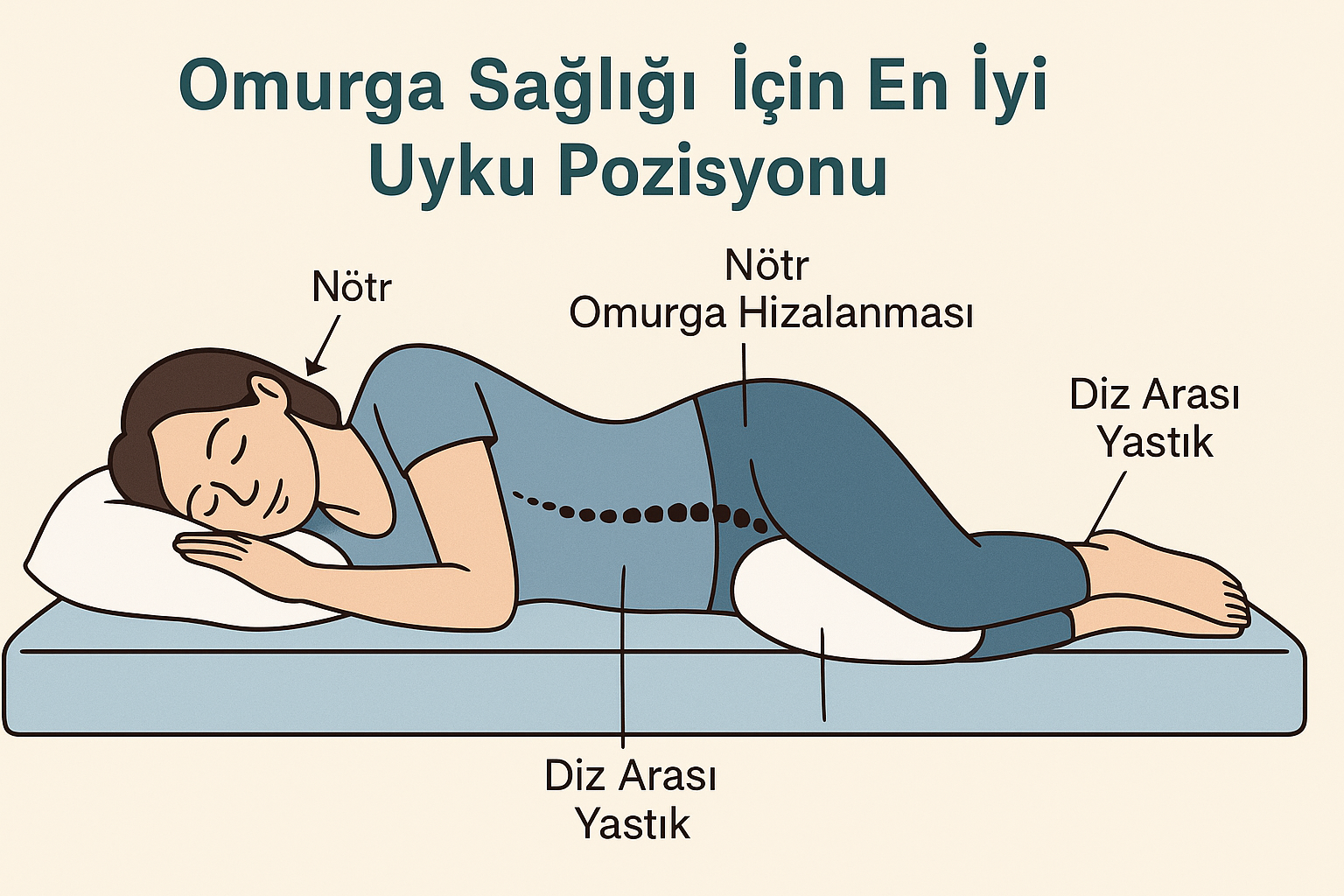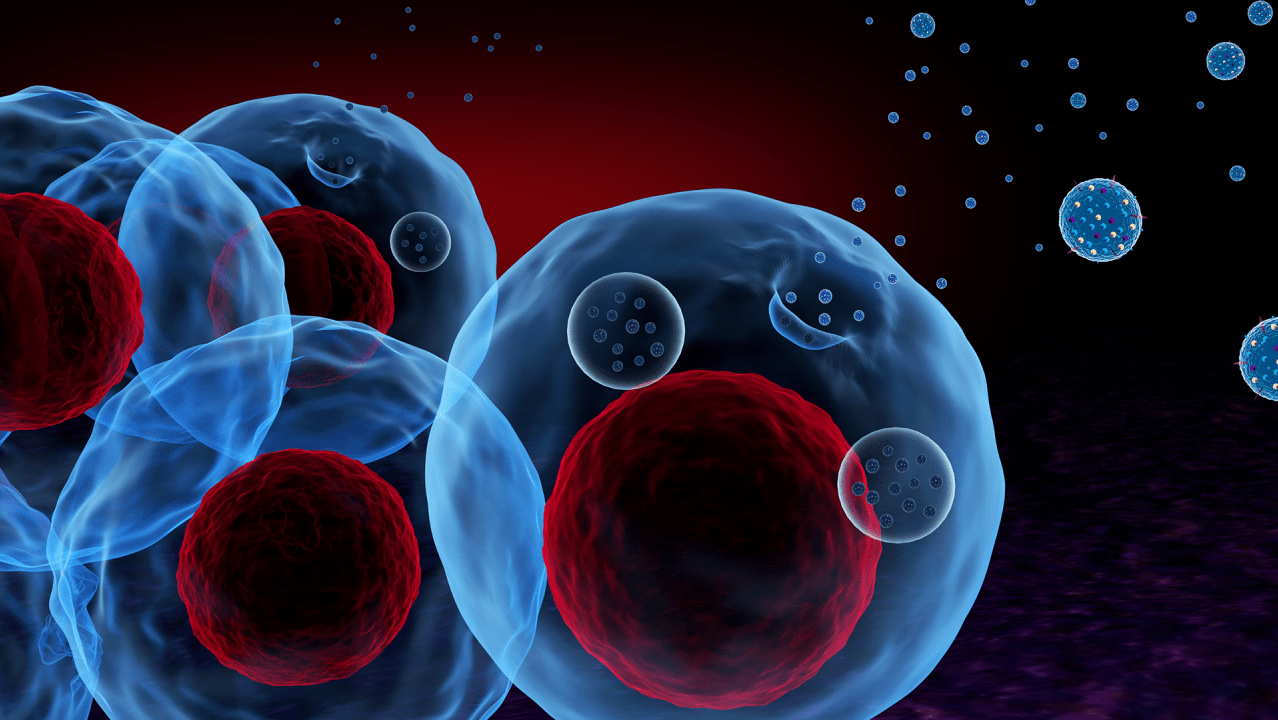Exosome Therapy: A New Era in Regenerative Physical Therapy
For years, the field of physical therapy and rehabilitation has focused on accelerating tissue healing and enhancing the natural healing capacity of the musculoskeletal system.
In recent years, we have started to hear its name frequently exosome therapyis an innovative approach that supports this goal at the biological level.
Exosomes are microscopic "packets of information" that allow cells to communicate with each other - and these tiny structures can reactivate the body's own healing mechanism.
🔹 What is an Exosome?
Exosomes are the cells that release exocytes into the external environment protein, growth factors, mRNA, miRNA are microvesicles that carry biological messages such as
Their importance in terms of physical therapy, tissue regeneration, inflammation control and cellular repair play a supportive role in their process.
🔹 Uses of Exosome in Physical Therapy
🦵 1. Muscle and Tendon Injuries
Exosome injections in athletes or muscle-tendon injuries due to repetitive strain,
- may shorten the recovery time,
- may reduce inflammation,
- can improve tissue quality.
This treatment is integrated into conventional physical therapy protocols as a biological support.
💢 2. Joint and Cartilage Damage
Exosome applications in degenerative joint diseases such as osteoarthritis,
- promotes the regeneration of cartilage cells,
- reduces intra-articular inflammation,
- can relieve pain.
This strengthens the effect of manual therapy, electrotherapy and exercise programs.
💪 3. Chronic Musculoskeletal Pain
Exosome in chronic conditions such as myofascial pain syndrome, facet joint dysfunction or prolonged muscle spasms,
- provides balance at the cellular level,
- regulates inflammatory processes that lower the pain threshold.
🦶 4. Regenerative Rehabilitation
Exosome therapy for musculoskeletal tissue damage during rehabilitation after surgery or trauma,
- can be used as a complementary method to enhance the biological effect of physiotherapy.
In this way, both the healing speed increases and the tissue quality is stronger.
🔹 How is Exosome Treatment Applied?
Treatment is carried out under sterile conditions and only under the supervision of a physician.
The exosomes are the only ones local injection is applied in the form
Afterwards, you can choose the appropriate physical therapy and rehabilitation protocols (e.g. mobilization, laser, robotic rehabilitation or muscle strengthening) is planned.
Thanks to this integration, both biological repair and also functional recovery provided simultaneously.
🔹 Advantages of Exosome Therapy
- Because it doesn't contain cells. the risk of immune reaction is low.
- Stimulates natural repair - activates the body's own healing process.
- It is a painless, minimally invasive procedure.
- Traditional physical therapy applications synergistic effect when combined creates.
🔹 Evaluation from Physical Therapy Perspective
Exosome therapy has added a biological dimension to classical physical therapy approaches.
When used in combination with methods such as manual therapy, exercise, electrotherapy or robotic rehabilitation;
the patient is not only symptomatic, regeneration at the cellular level targeted.
In this respect, exosome therapy can be considered as "the biotechnological bridge that carries physiotherapy into the future".
🔹 Conclusion
Exosome therapy in the field of physical therapy and rehabilitation is one of the most current applications of regenerative medicine.
It supports biological repair in muscle, tendon and joint tissues, regulates inflammation and accelerates healing.
Although still in the research phase, scientific data shows that exosomes can be used in physical therapy. the standard complement of the future may have been the case.










